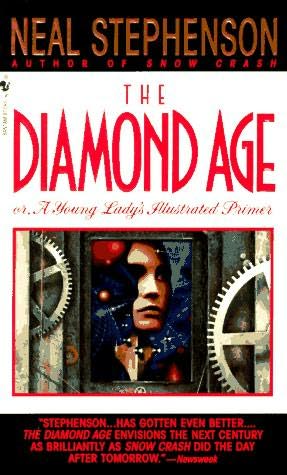Univ. of Illinois announced a silver pen for writing conductive cursive. Researcher Jennifer Lewis notes “Pen-based printing allows one to construct electronic devices ‘on-the-fly,’". I think, imagine just tracing a circuit schematic instead of having to wire and solder it.
The pen advancement is just one step of improvement over the existing method of conductive paint. As in, you can already buy paint to 'paint' the wiring and interconnects of your circuit. Even better, you can buy conducting glue, to use instead of solder for fastening your components.
Both approaches still require actual circuits, it's only the linkages that are hand-written. So we're not quite at the point of going from schematic to, oh, Diamond Age's near-sentient Young Lady's Illustrated Primer. Even work in 2007 on printing circuits using an inkjet with conductive ink are missing the important details-- the electronics. Right now, we have multiple ways to trace the connections between circuits, but we still have to add little ceramic and metal bits to make them work.
We are making progress on true paper electronics. By true, I mean being able to print or hand-draw everything, without adding outside components. A true paper electronic work takes what you draw and immediately works.
This instructable tells how to make a paper resistor out of paper, pencil lead, and paper clips. A scitoys hobbiest refines it to paper resistor using bits of copper and pencil lead, plus white glue. Swap in silver instead of copper, and you have a drawable resistor.
Standard capacitors are already largely paper (plus waxed paper), though they require layers. In 2008 researchers made paper transistors, using room temperature semiconductor 'ink'. Although these methods require additional materials past 'pencil' or 'pen', they do not require exotic or fabricated items. We nudge closer to print-and-run circuits.
The real limit of paper circuits, I believe, is not the fabrication. Rather, there is one fundamental issue that paper suffers versus poly or metal substrates. Paper, alas, catches fire.
Alex
Launching Project Calliope, sponsored by Science 2.0, in 2011
News every Tuesday at The Satellite Diaries, every Friday at the Daytime Astronomer


